I recently taught a kokedama workshop and, gosh, it was magic. The audience was inspired and engaged and their eyes were bright with the excitement of learning something new. But when I started to talk about plant care and how to care for your kokedama, boy did those eyes change. You could see the fear and anxiety.
“I kill everything,” said one person. “Yeah, seriously, I have a brown thumb,” another.
This doesn’t have to be true, guys! In fact, indoor plant care, in my option, is one of the easier more rewarding hobbies. So why the stereotype? Probably because we haven’t equipped our plant consumers with the right care info leading to low confidence – or they simply don’t seek out the best practices of care. Let’s change that.
Here are my tips.
First, we need to know exactly what kokedamas are. Kokedamas are Japanese garden art and the word kokedama translates to “moss ball.” Their root systems are wrapped in moss and bound with string, turning them into a sculpture for display. So basically, these plants are living and growing in their own moss balls! Awesome.
Just like regular indoor plants, they need water, light and occasionally food.
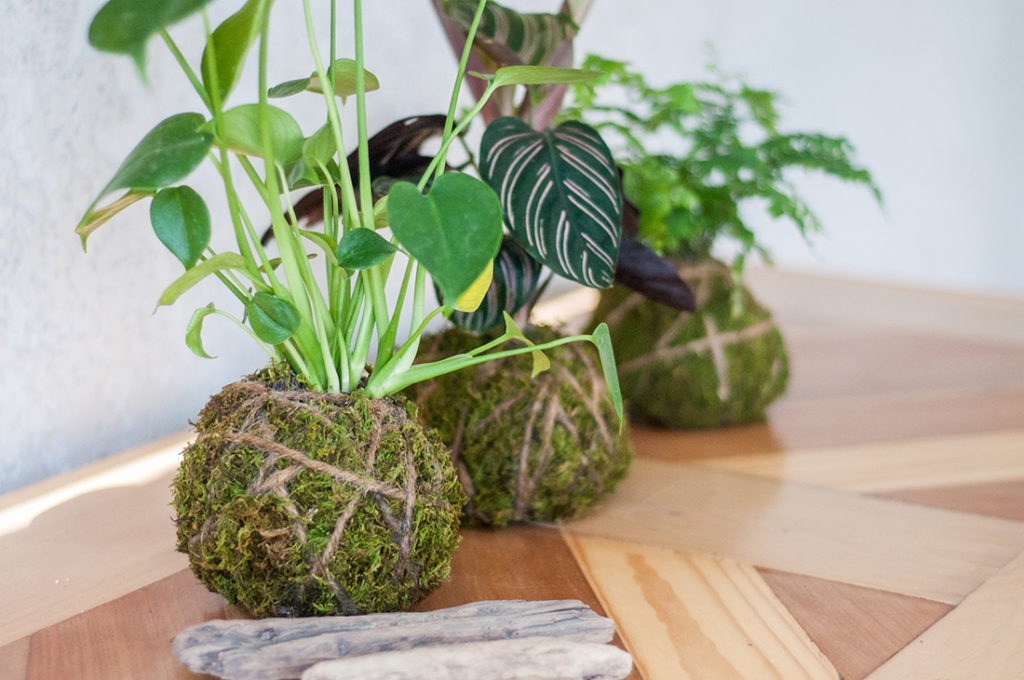
Water
I find that most kokedamas require a regular soak or dip weekly. When the moss ball feels dry to the touch, or the plant foliage begins to droop or wilt, it is time to water.
Techniques to watering:
- You can place the kokedama under neath running room temperature water and let it soak all the way through.
- You can fill a bucket or large bowl with room temperature water and submerge the moss ball plant side up until it is soaked all the way through, about 5-10 minutes.
- Misting your kokedama is also a good way to simulate a humid tropical environment. Mist the foliage in the morning when the light is less harsh to avoid burning leaves.
- During winter time, your kokedamas will likely need less water
- During active growth periods, during spring and summer, they will need more.
My mom also puts ice cubs on the top of the foliage/moss ball from time to time and she finds that it works well in addition to your regular soak!
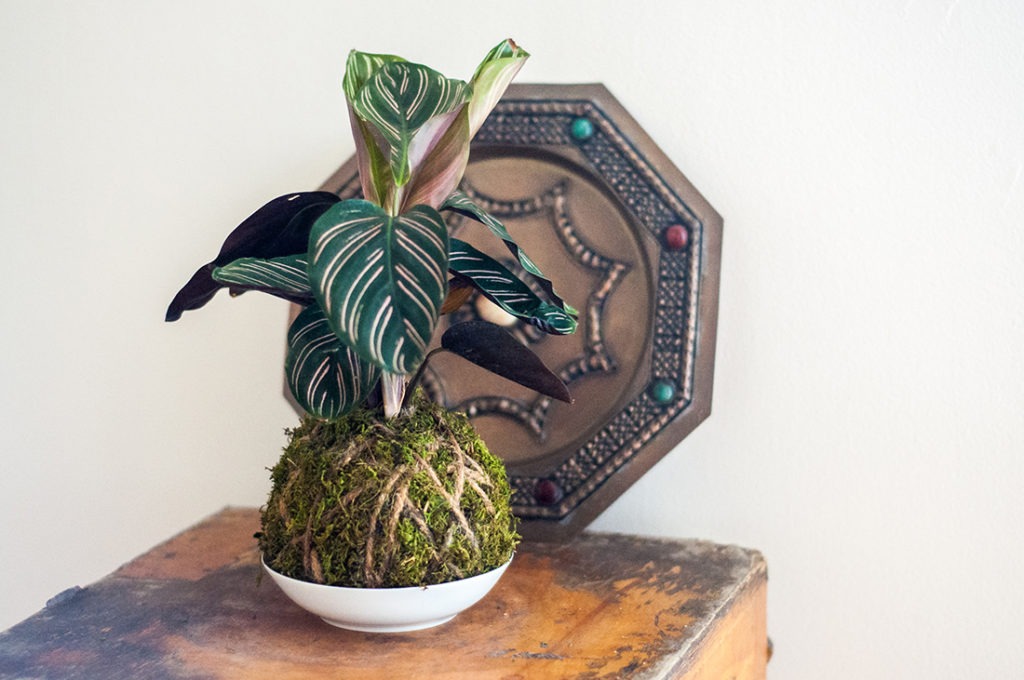
Light
The type of light that your kokedama needs will ultimately depend on the type of plant it has been planted with. So, do a little research or comment below if you have questions of specific plant care.
Some best practices for providing light to your kokedama:
- A rule of thumb to remember is that all plants need light, whether this is bright light, indirect light, or reflected light. As humans, it is important for us to sit by the pool or sunbath to stay healthy – plants need the same type of care.
- Indirect sunlight is the best kind of light for most plant types. Direct light will often burn the foliage. Remember that if you are hanging or placing your kokedama near a window, that the light coming through your window is WAY more intense, than indirect sunlight. It is best to have shield, like a curtain, to block some of the rays during the hottest part of the day.
- Reflected light is still light. If you have windows in your room, then you have light. Reflected light bounces off the walls, eventually reaching your plant. This will still do.
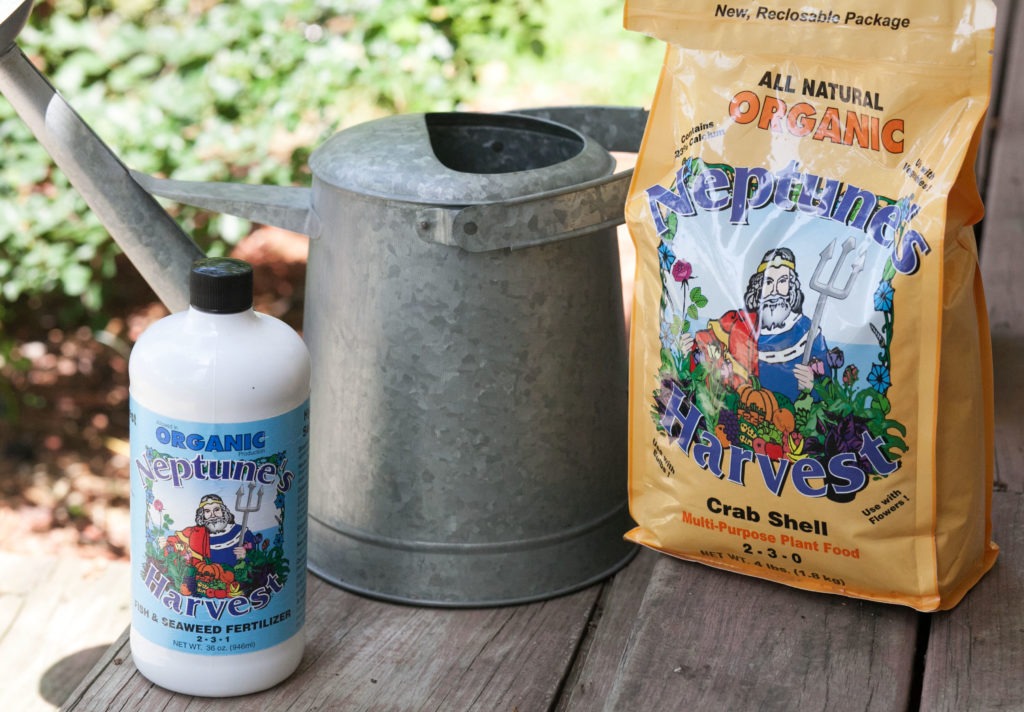
Food
Yes, plants need food! Surprise? It shouldn’t be – they are living things.
When we first plant a kokedama, we use potting soil inside the moss ball and that soil already has fertilizer in it. So your kokedama will be okay without food for the first four months or so.
After four months, we will need to feed our kokedama monthly. Spring and summer are the best times to feed, so make sure you do not forget to fertilize during these seasons.
What food should be used?
To feed your kokedama, use a liquid plant food and use it according to the directions, but using 1/2 of the recommended dosage.
I find the best food is the Organic Sea Kelp or Seaweed plant food. You simply mix this in your bucket when you are doing your regular watering or you can mix it up and put it in a spray bottle and spray the foliage from time to time.
Feeding will give your plant that extra little boost!
Under-watering & Over-Watering
Just like any other houseplant, a kokedama can be over or under watered. Keep an eye out for these things during care.
Under-watering
- Leaves that are turning brown, or beginning to become rough or crispy at the tips
- Wilting or any kind
Over-watering
- Mushiness in soil and on the leaves
- Stems that are turning black at the base/neck of the plant
- Yellow leaves that tend to drop off

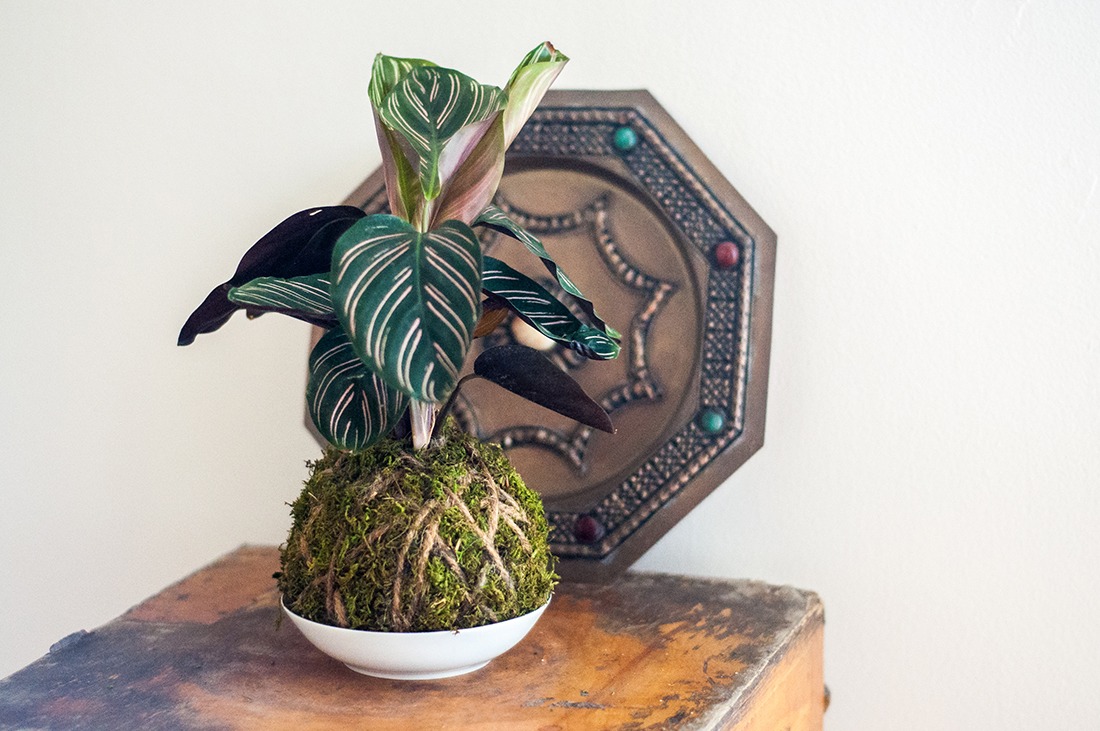
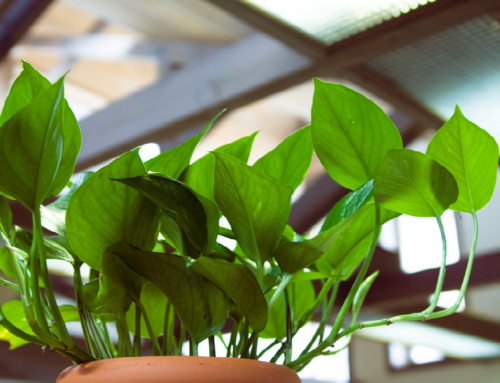
I would be interested in a kokedama workshop if you should ever teach one.
Thanks,
RHonda Hogbin
Thanks for reaching out! I will let you know if there is one in the near future. Best – Aimee